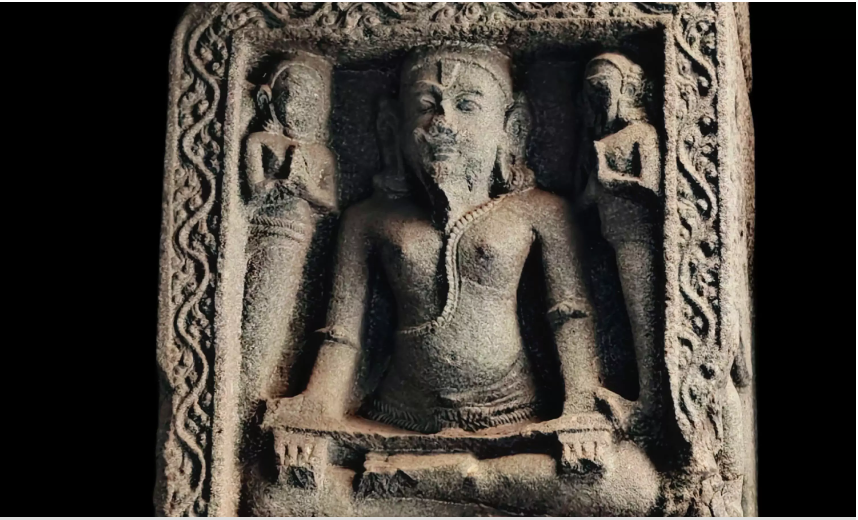Surge in Colorectal Diseases in India
- 19 Feb 2025
In News:
In recent years, India has witnessed a marked increase in colorectal diseases, including colorectal cancer, Inflammatory Bowel Disease (IBD), Irritable Bowel Syndrome (IBS), and other related disorders. This surge is closely linked to urbanization, dietary transitions, sedentary lifestyles, and improved diagnostic practices.
What are Colorectal Diseases?
Colorectal diseases affect the colon and rectum and encompass a spectrum of conditions:
- Colorectal Cancer: Originates from polyps in the colon or rectum. If untreated, these polyps can turn malignant. The incidence of colorectal cancer is rising rapidly in Indian urban centers, now ranking among the top cancers in cities.
- Inflammatory Bowel Disease (IBD): A chronic condition involving inflammation of the digestive tract, especially the colon and small intestine. Subtypes include Crohn’s disease and ulcerative colitis. Once rare in India, IBD is now on the rise due to industrialization, Western diets, and enhanced medical diagnostics.
- Irritable Bowel Syndrome (IBS): A non-inflammatory, functional bowel disorder marked by abdominal pain, bloating, and altered bowel habits (constipation or diarrhea) without visible bowel damage. IBS is highly prevalent in India.
- Diverticular Disease: Characterized by the formation of small pouches (diverticula) in the colon wall. Inflammation or infection of these pouches leads to complications and discomfort.
- Hemorrhoids and Anal Fissures: Swollen veins or tears in the rectal region, leading to pain, bleeding, and itching—often caused by hard stools or chronic constipation.
Why are these diseases increasing?
- Dietary Shifts: Increased intake of processed foods, red meat, and low-fiber diets (lacking fruits and vegetables) have significantly raised the risk of colorectal cancer and other digestive disorders.
- Physical Inactivity: Sedentary behavior, especially in urban populations, heightens susceptibility to these conditions.
- Rising Obesity: Obesity, closely associated with lifestyle disorders, is a contributing factor for colorectal cancer and IBS.
- Ageing Population: Risk increases with age, and India’s growing elderly demographic intensifies disease burden.
- Genetic and Lifestyle Factors: A family history of colorectal conditions, coupled with habits like smoking and alcohol consumption, further elevate risk levels.
- Gut Microbiota Disruption: Imbalance in gut bacteria and possible infections are emerging as factors in the etiology of IBD; ongoing research aims to establish clearer links.
Common Symptoms
- Persistent changes in bowel habits: constipation, diarrhea, or narrow stools.
- Rectal bleeding: presence of bright red or dark blood in the stool.
- Abdominal pain, bloating, or cramps.
- Unexplained weight loss.
- Chronic fatigue and weakness.
- Sensation of incomplete bowel emptying.
Diagnosis
- Physical Examination and clinical history evaluation.
- Stool Tests for blood, infections, or abnormalities.
- Colonoscopy (gold-standard diagnostic tool) to inspect the colon and collect biopsies.
- Sigmoidoscopy for lower colon and rectum.
- Imaging: CT, MRI, or X-rays to detect abnormalities.
- Blood Tests to assess inflammation and exclude other conditions.
Treatment Modalities
- Medication: Anti-inflammatory drugs (for IBD), antibiotics, pain relief, and symptom-specific treatments.
- Lifestyle Interventions: High-fiber diets (for IBS, diverticulitis), regular physical activity, and stress reduction.
- Surgery: Required in advanced cases of colorectal cancer or severe IBD/diverticular disease.
- Chemotherapy and Radiation Therapy: Used post-operatively or in advanced malignancies.
- Targeted Biological Therapies: Including monoclonal antibodies for immune modulation in IBD.
Saint Narahari Tirtha

- 05 Jan 2025
In News:
In a remarkable discovery, a member of the Team of Research on Culture and Heritage (TORCH) has hit upon a three-foot idol of the 13th Century saint, Narahari T?rtha recently.
Key Highlights:
Birth and Early Life:
- Born circa 1243 CE in Chikakolu (modern-day Srikakulam, Andhra Pradesh).
- Hailing from an aristocratic family in the Gajapati Empire of Odisha.
Philosophical Influence:
- A prominent disciple of Madhvacharya, the founder of Dvaita philosophy (dualism).
- Narahari Tirtha played a key role in propagating Madhva's Vaishnavism in Eastern India, particularly in the Kalinga region (modern-day Odisha and Andhra Pradesh).
Role in Eastern Ganga Dynasty:
- Served as a minister in the Eastern Ganga Dynasty for over 30 years.
- Guided kings to align their governance with Sanatana Dharma and reformed temple administration.
- His contributions are documented in inscriptions at the Simhachalam and Srikurmam temples.
Religious and Cultural Contributions:
- Played a key role in spreading Vaishnavism and Dvaita philosophy.
- First to compose Devaranamas in Kannada, marking a significant cultural contribution.
- Contributed to the development of Yakshagana Bayalata (a dance-drama) and the classical dance form that evolved into Kuchipudi.
Writings and Intellectual Legacy:
- Authored 15 works, with two surviving texts: Gita Bhasya and Bhavaprakasika.
- His teachings and writings significantly impacted the Madhva tradition and regional literature.
Discovery of the Idol:
- A three-foot idol of Narahari Tirtha was discovered at Simhachalam Temple in Visakhapatnam, Andhra Pradesh.
- The idol depicts Narahari Tirtha holding a script on palm leaves, flanked by devotees.
Contributions to Temple and Education:
- Transformed the Simhachalam Temple into a renowned center for Vaishnavism.
- Played a crucial role in safeguarding sacred idols like Moolarama and Moola Sita for Madhvacharya.
Cultural and Artistic Legacy:
- Promoted regional art forms, helping establish Kuchipudi as a classical dance style in Andhra Pradesh.
- Advocated for Yakshagana Bayalata, a form of dance-drama popular in coastal Karnataka.
Honors and Recognition:
- Bestowed titles such as "Loka Surak?a?a Ati Nipu?a?" and "Yo Avati Kalinga Bhu Sambhav?n" for his contributions to philosophy and governance.
Final Resting Place:
- Narahari Tirtha was consecrated near Chakratirtha at Hampi on the banks of the Tungabhadra River after his death.
- His legacy continues to influence the temple traditions, especially in Puri Jagannath, strengthening the Madhva influence in Odisha.
